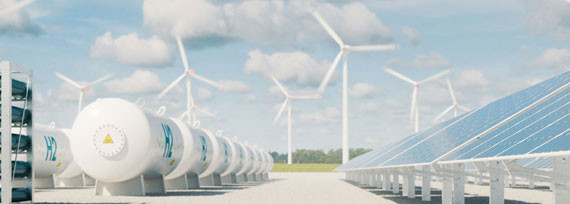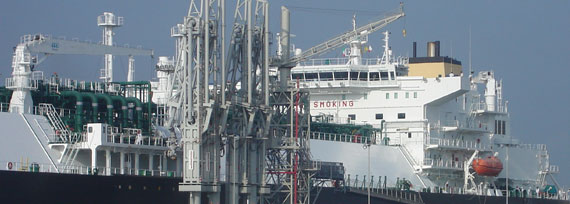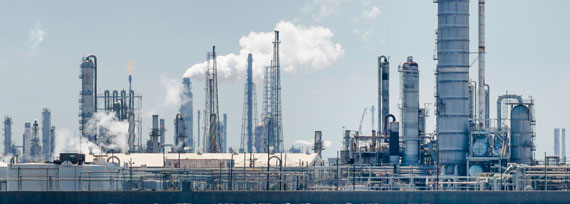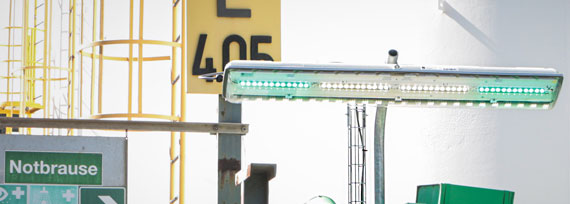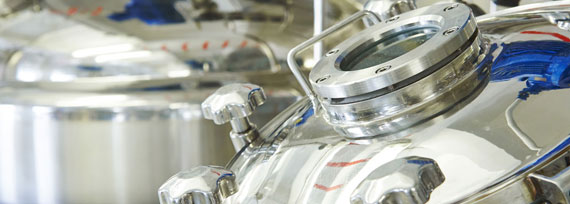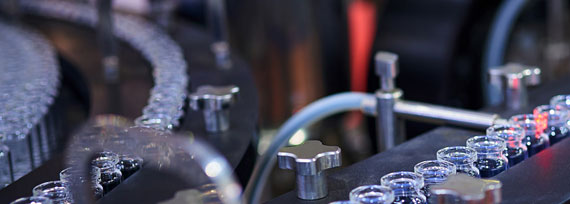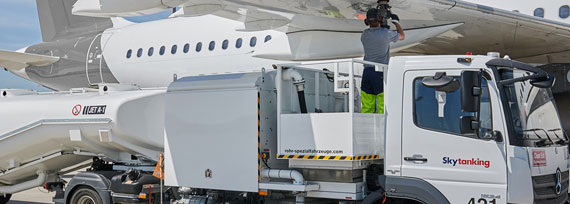R. STAHL solutions in clean rooms
When designing and setting up clean rooms, the end user and the system set-up engineer must work closely together to ensure that the requisite cleanliness standards are achieved at a reasonable cost. Every solution must be optimally tailored to the application for which it is intended to. This is certainly true for the solutions devised for one of our customers in the pharmaceutical industry. This customer's system was set up across several storeys in an existing building. And because flammable solventswere used to clean the rooms, suitable explosion protection measures were required.

Reactor tip
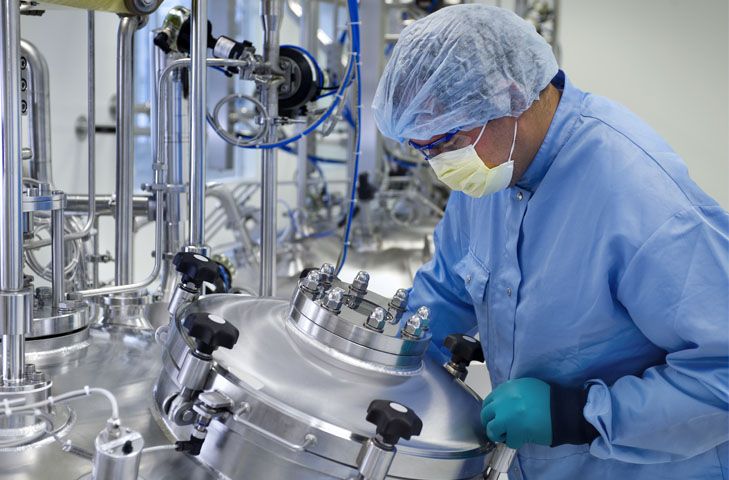
The tip of the reactor is located on the top floor of the building. Because the processes are predominantly closed here, there are no specific requirements with regard to the maximum permitted concentration of particulate matter in these rooms. However, this means that there are also no requirements that address the cleaning of the rooms and the equipment within. For reasons of personal protection, it must be easy to thoroughly remove any contamination. The system's automation technology is based on networked remote PCs and a fieldbus system (PROFIBUS PA) that is suitable for use in Zone 1 and, that networks sensors and actuators that are capable of communication. The processes that take place in each room can be directly controlled from the remote PCs.
Mixing room
On the floor below is the mixing room which is is where substances are premixed and pasty substances are produced by mixing various starting materials together using solvents. Strict process cleanliness requirements apply here as the starting materials are mainly handled in the open – contamination is restricted to a maximum of 100,000 particles per cubic foot. All walls are made from stainless steel. They are designed such that dust cannot accumulate and are easy to clean. The floor has been ground and painted with multiple coats. Explosion-protected stainless steel recessed ceiling-mounted lights illuminate the room. The specific working requirements here necessitate bright light.
For personal protection, externally ventilated protective suits must be worn in the mixing room; the mixing room must be entered via an air lock. Recessed ceiling-mounted lights are also installed in the air lock. It is important that the movement of people and the transportation of materials are strictly separated from one another throughout the entire plant. For this reason, in addition to the air locks for personnel, there are separate air locks for materials.
Bottom section of the reactor
The bottom section of the reactor is on the ground floor. Here, the reaction products are tapped and processed further. The tapping point on the centrifuge features an explosion-protected control panel. R. STAHL's explosion-protected control devices are used to control tapping devices on various pieces of drying equipment.
In the basement, there are various vessels that serve to collect waste water and perform safety functions. In the event of an emergency system shutdown, all of the reactor liquid is collected in one vessel. There are no specific requirements with regard to cleanliness here. However, due to the risk of hazardous explosive atmospheres being created, explosion-protected equipment, such as linear luminaires, safety switches and operating terminals, is provided.
Summary
This application brings together clean room technology and explosion protection, two fields that are encountered relatively frequently in this industry. The air quality technology employed for the production, processing and assembly processes used in electronics, precision engineering and optics, as well as in the pharmaceutical industry, biotechnology and food manufacturing, is subject to incredibly high standards. The only way to reliably manufacture products of a consistently high quality and protect employees' health is by ensuring that the air in the workplace complies with defined air quality standards.
These processes often involve flammable substances in the form of liquids or dust particles. When all systems are running smoothly, these would of course be contained within closed equipment. In the event of a fault, however, these substances may be released, creating an explosive atmosphere. Explosion hazards also occur when the equipment is being cleaned with flammable solvents. This is why, even in clean rooms, it is important that the explosion protection requirements are fulfilled.




